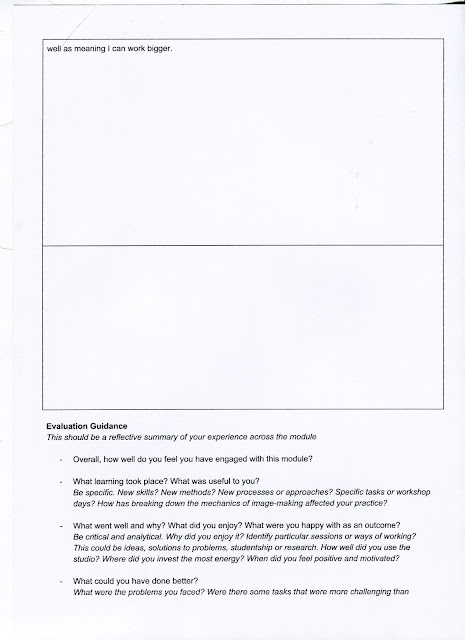Carl Sagan
Carl Sagan was an astronomer, astrophysicist, cosmologist and astrobiologist. He made contributions to science academically and lectured at Harvard but is most famous as a science communicator and popularising science for a mass audience with TV series Cosmos and many best selling books.
He is often used in pop culture such as shows like family guy but he was a respected scientist in his own right.
Brian Cox has stated Sagan as the person who most inspired him and has clearly been heavily influenced by Sagan's methods of communicating with an audience about the interesting mysteries of the cosmos.
There is a famous extract from one of his most popular books Pale Blue Dot which is a profound, thoughtful few paragraphs about the planet earth and humanity's insignificance in the vast universe.
Sagan's philosophical analysis of our technical advances, impact on the environment and our self destructive acts is cutting, humbling yet optimistic. He lays bare all our weaknesses and faults as a species but also puts forward what we can do change our ways and believes ultimately we will succeed barring a natural disaster or nuclear war.
Pale Blue Dot (1994)
Pale Blue Dot was published not long before Sagan died in 1996. This book was inspired by the famous pale blue dot photograph taken by Voyager as it left the edges of the solar system. The photograph was taken for a non-scientific purpose, instead taken out of curiosity of seeing earth from a huge distance. The resulting photo was a humbling image of earth as a pale blue pixelated dot faintly shining, in line with one of Saturn's rings. This provides an undercurrent theme for the tone of the book. Sagan explores our insignificance and vulnerability in the dark, hostile, lifeless universe and our need to preserve the precious life on earth rather than believing ourselves to be important and immortal as a species.
The Dragons of Eden (1977)
Sagan looks at the evolution of the human brain and how we can determine intelligence of each species using brain to body mass ratio. Humans and dolphins being the most intelligent. He also calculates how civilised human's existence on a cosmic scale is barely one second before midnight on new years eve if the calendar year was to scale of the age of the universe.
Broca's Brain (1979)
Sagan attacks various nonsense theories that were put forward as scientific ideas. This is an important part of being a credible scientist as pseudo science can be very damaging to the general public's knowledge of basic science.
New York Times: 'Sagan can write about anything...and seem as if he learned what he knows while playing in the sandbox'
Carl Sagan was a brilliant science communicator but struggled to win over some of his scientific peers who felt he did not warrant the praise he gained from the public. He was not given tenure at Harvard as it was felt he did not specialise enough in one particular area of science and instead had too broad a range of research subjects. He polarised opinion in the scientific community but also did huge amounts for science in terms of winning public support and interest for science as a whole. He held a strong belief that knowledge was the most powerful tool for mankind and the need to maintain a hunger for knowledge was vital. He had a spooky ability to make some accurate predictions about the future of technological advances and the dangers of isolating the public from science and not using it's benefits for everyone. He predicted that information would be the new currency in the future and manufacturing jobs would be moved away from America and how technology will be in the hands of the few, brings to mind companies like Apple and Google as well as his prediction that people wouldn't be able to trust the authorities with anything and become paranoid and slip into ignorance is very close to the current state of things in the US with Donald Trump's administration and the willingness to ignore facts.
https://paleofuture.gizmodo.com/yes-the-eerie-carl-sagan-prediction-thats-going-viral-1791502520
SPACE
My girlfriend takes the piss out of my interest in space and all things scientific but I had to research Sagan as he is the closest to nonfiction science writing and I wanted to indulge in my ambitions to create science illustration. However I feel as he is more of a all round brilliant scientist who was best at being thoughtful and philosophical about humanity's future I didn't find he had enough material or writing about the more intense subjects in science that I find the most interesting such as quantum mechanics and new theories that are up to date, modern scientific discussion. For example one of the most significant discoveries about Dark Energy was made two years after Sagan's death.
Sagan is a fascinating person with some truly beautiful thoughtful pieces of writing but I can't see his subject matter keeping me hooked enough. I've watched loads of videos of his musings and they are profound and thought provoking but the whimsical tone might start to grate after a few briefs.





















































